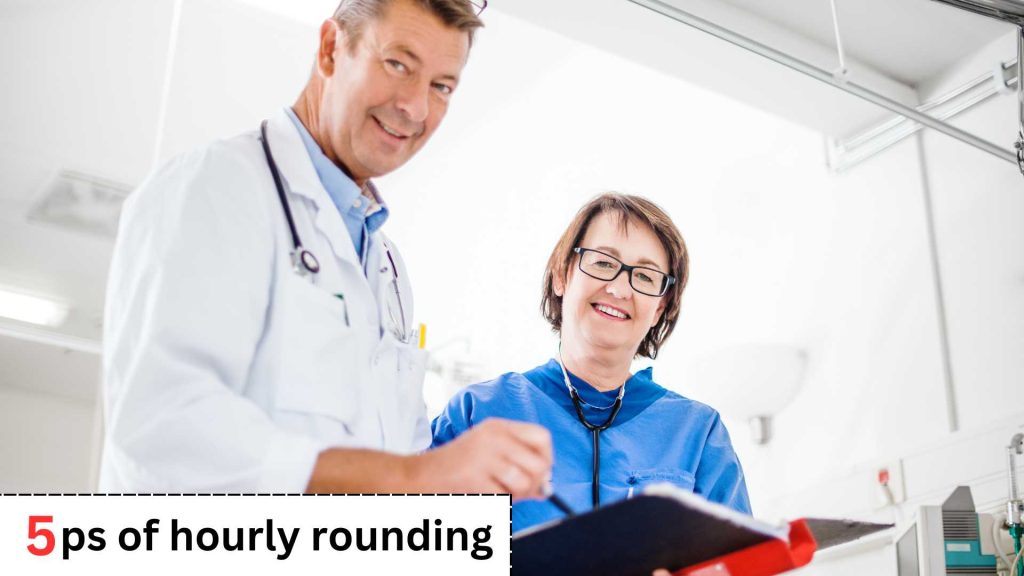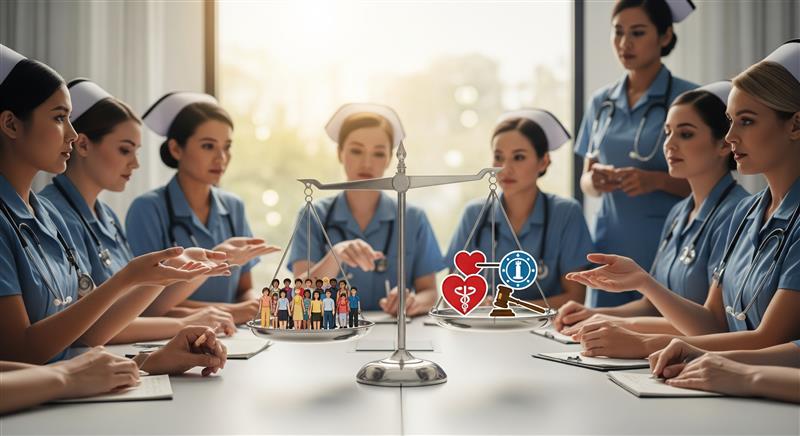- Oak Brook:(630) 705-9999
- Chicago:(312) 920-8822
- Email:inquiry@vervecollege.edu
- Make a Payment
- Home
- Programs
- Admission
- Resources
- ATI Entrance Exam Resources
- New E-Digital Library
- Refer a Friend
- School Newsletter
- Events
- Employers
- Job-Network
- Alpha Beta Kappa Candidates
- Verve College Library
- Graduation and Pinning Ceremony Photo Galleries
- Textbook Information
- Career Services
- Tutoring
- School Catalog
- FAQ
- Constitution Day Program
- Alumni
- Verve College Plans
- Financial Aid
- HEERF Reporting
- Satisfactory Academic Progress
- Apply For Financial Aid
- Net Price Calculator
- Return of Title IV Funds (R2T4)
- Financial Aid Office Code of Conduct
- Contact
- FAQs
- Verification Policy
- Vaccination Policy
- Student Right-to-Know Act
- Misrepresentation
- Information Security Program
- Academic Award Year
- Availability of Employee
- Cost of Attendance
- Health & Safety Exemption Requirement
- Students Rights and Responsibilities
- Leave of Absence
- Pell Formula
- Military Students
- Grants/ Scholarship Policy
- Contact Us
- Testimonials
- Blog
Is a Nursing Career Right For You?
Take The Free Quiz
Get to Know the Five Ps of Hourly Rounding for LPNs
Get to Know the Five Ps of Hourly Rounding for LPNs
Nurses working in hospital environments usually must perform hourly rounding professional nursing process by inspecting patients that they care for at least every hour. Although this might appear tedious at times, rounding is essential in providing excellent care of patients and increasing satisfaction ratings. Utilizing the 5 Ps of hourly rounding can assist practical nurses in improving their rounding techniques to make this experience more pleasant.
An In-Depth Exploration 5 Ps of Hourly Rounding
By understanding each element of nursing care, you’ll be able to refine your rounding techniques and give patients the best care throughout their shift. Licensed practical nursing programs with nursing courses for prospective students highlight the value of this information during clinical rotations.
1. Pain
As professional nurses, you often must alleviate their suffering. It would help if you asked patients in pain whether or not they’re experiencing discomfort; many clinical nurses use an indicator scale to gauge the severity of pain.
Communicating pain levels to your patients has many advantages. Not only can it help meet their needs and respond appropriately, but it can also make the patient feel respected and appreciated.
2. Position
Position, 2 Nursing Patients in hospitals and nursing homes, frequently struggle with limited mobility & vital signs due to equipment that prevents them from changing their posture or finding comfort in the healthcare team. Once you’ve assessed their pain level, move into Position 2.
Ask your patient whether they feel relaxed and would like any adjustments made to their pillows and bed. Adjustments will help make their stay more relaxing and prevent complications such as pneumonia, bed sores, or weak muscles from occurring.
3. Personal Hygiene or Potty: The Third “P” of Nursing
Once you’ve addressed a patient’s pain and position needs, it is essential to discuss their hygiene requirements – specifically whether or not they require the bathroom. Do be mindful that some may feel awkward asking for assistance or communicating their need in clinical settings. Whenever rounding, ensure you keep track of their health records to verify they have used the restroom regularly.
4. Periphery is a 4th P of Nursing
Although peripherals may appear to be just another element of rounding with purpose, they could be one of the most impactful elements. Periphery refers to patients’ capacity to access what they desire or require – recognizing limited mobility or hospital rooms is an opportunity to improve patient experiences and increase satisfaction levels immediately. Patient-centered care techniques are highly valued in Illinois College of Nursing accreditation programs.
One approach for dealing with peripheral issues is asking if your patient can reach all the items necessary, such as a TV remote control or book for study, without difficulty and whether there may be something they need in another part of the space that could help them reach them all.
Asking about peripherals demonstrates your dedication to patient comfort and well-being, building their confidence in you as their provider of care in healthcare settings & clinical sites.
5. Pump: the Fifth “P” in Nursing
Pumps are essential tools in purposeful rounding. According to the Institute for Safe Medication Practices, pumps for patients and IV sites must be checked at least every two hours or whenever an advanced practice nurse or health care team checks the patient’s position.
When inspecting a patient’s pump, it is vital to:
- Prescription and dosage requirements of medication
- Proper placement and configuration of pumps are key to meeting pump specifications.
The Five 5 Ps of Hourly Rounding Are Vital to Preventing Patient Falls
A regular rounding process helps to reduce patient falls as nurses frequently address individual patient requirements on time, thus decreasing the chance that patients try to move around unsupervised. When they know they will hear from their senior nurse regularly at healthcare facilities, they won’t attempt to go to the bathroom on their own or rearrange themselves without supervision. This proactive approach appears in LPN schools near me, where training focuses on the value of patient safety and regular assessment.
 Sign up
Sign up Login
Login




